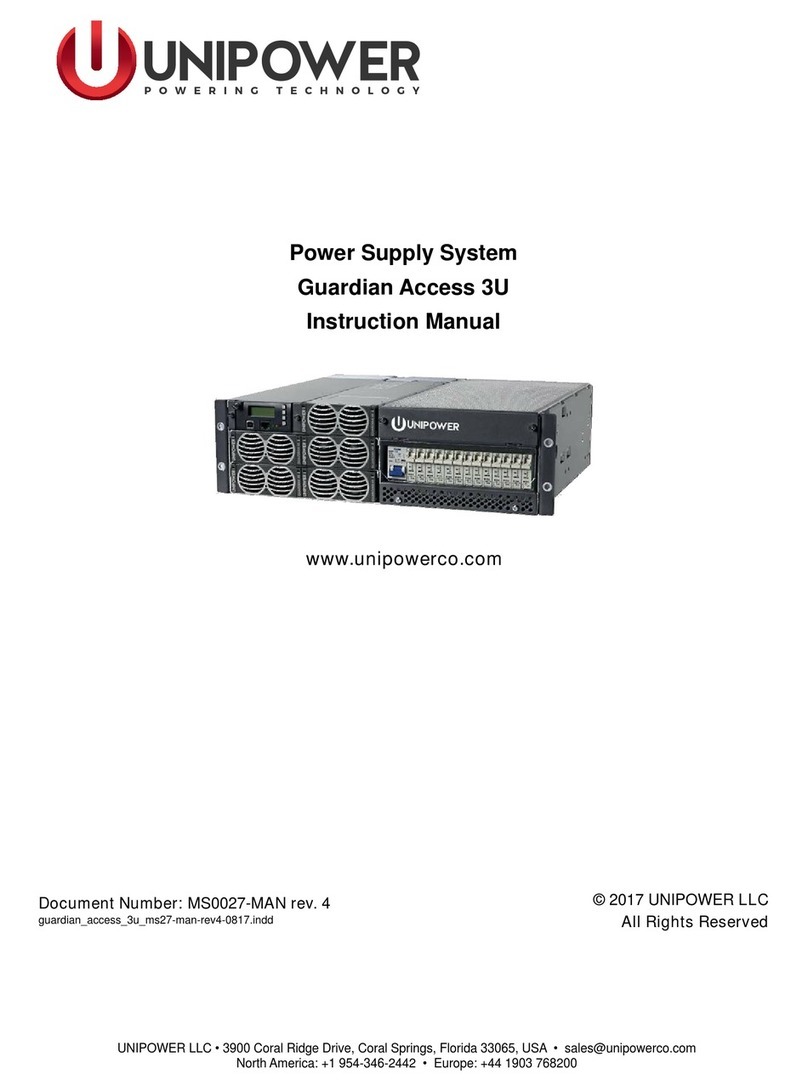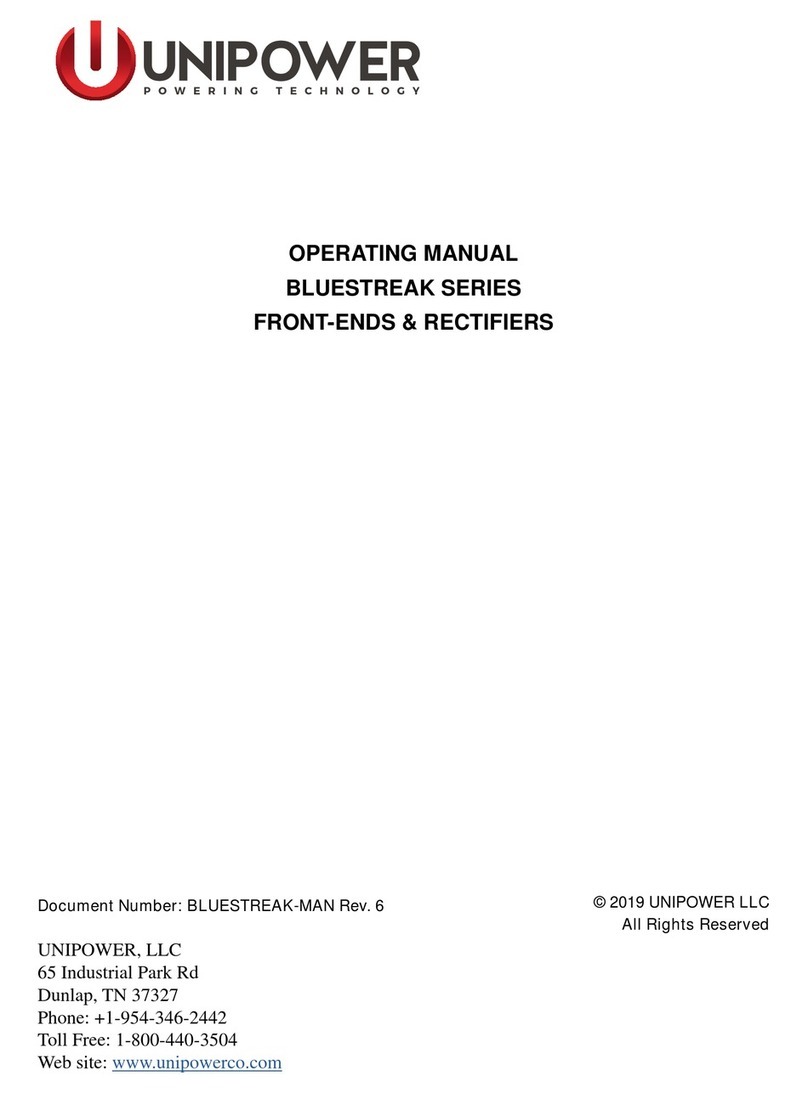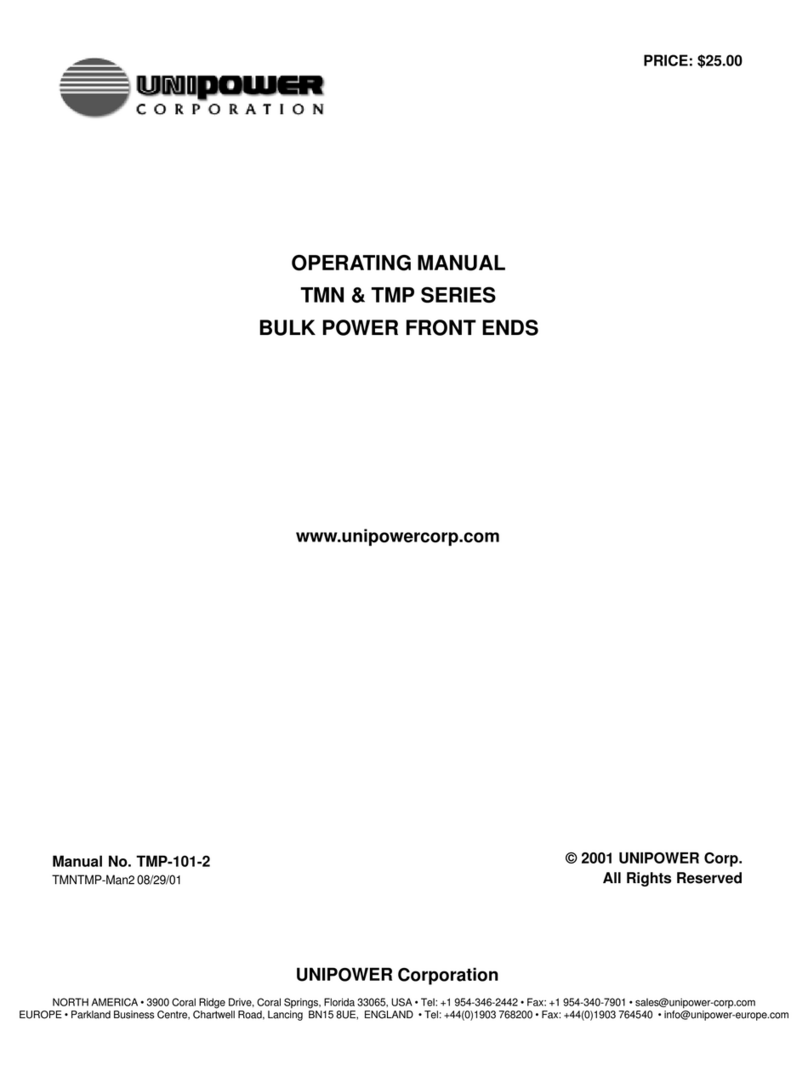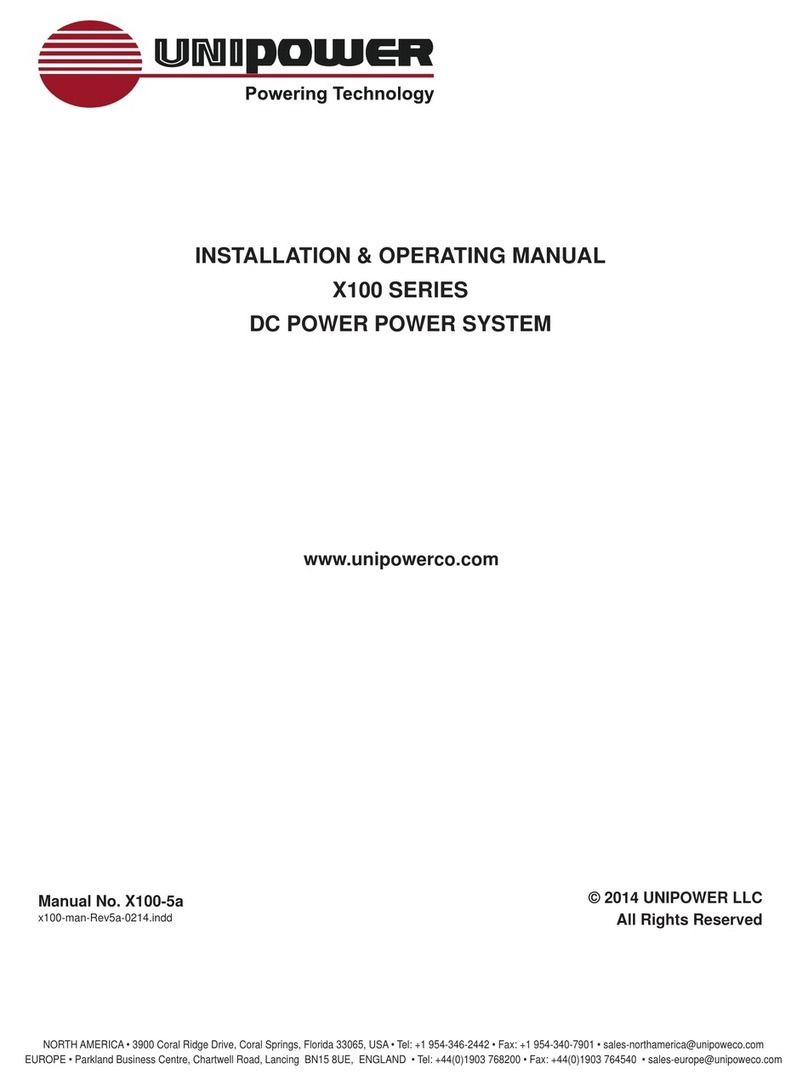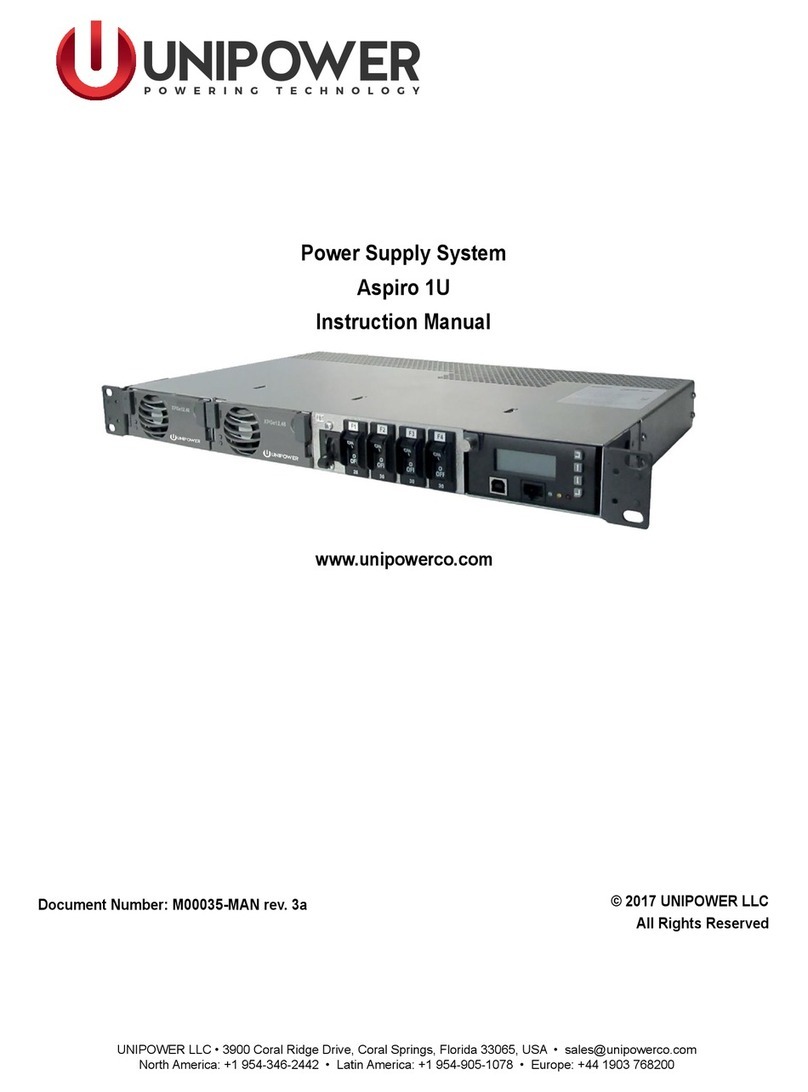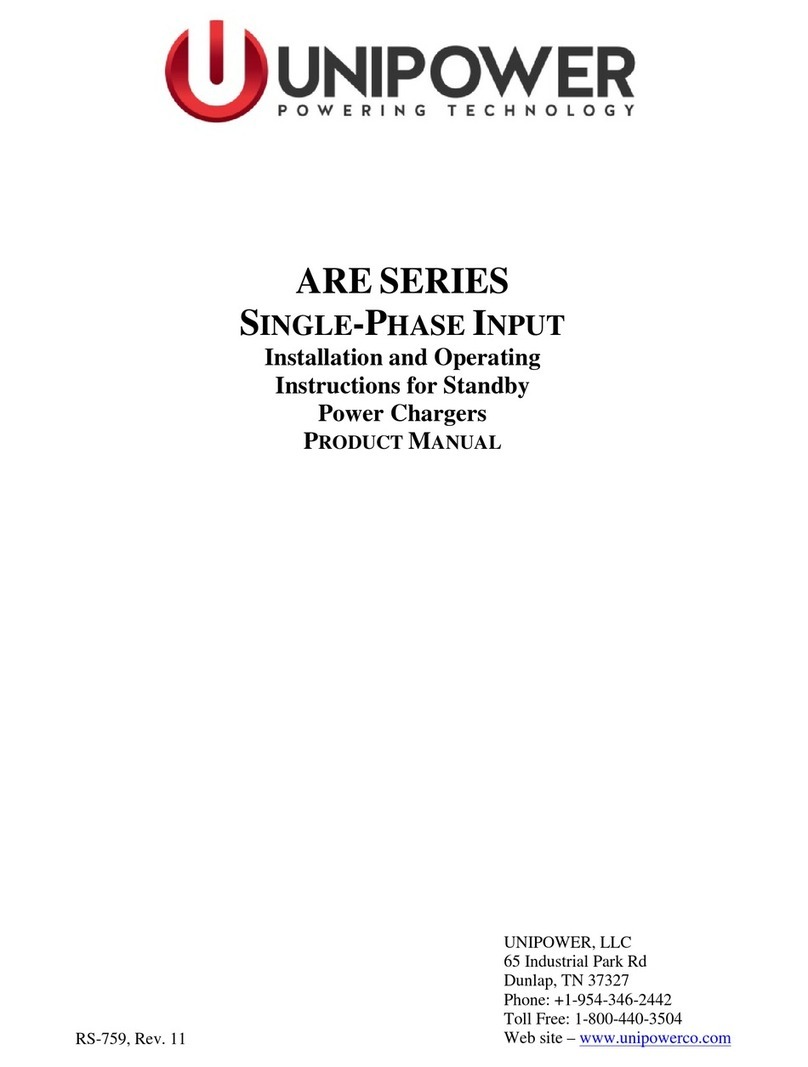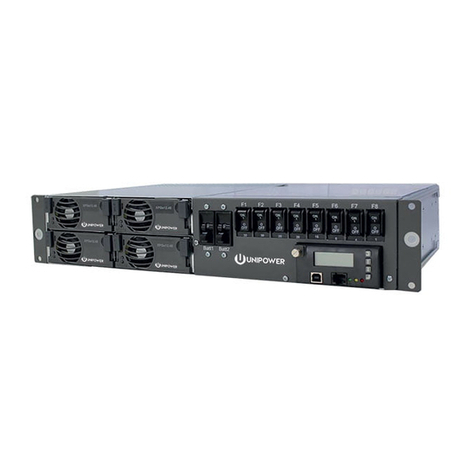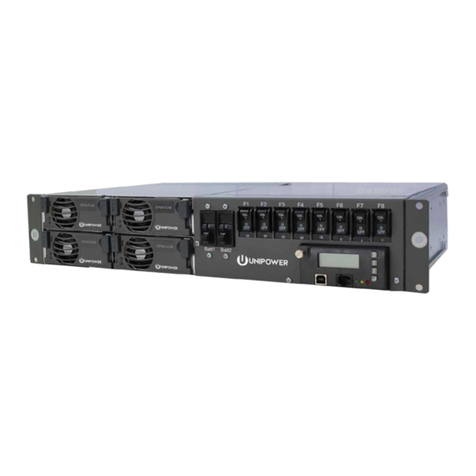
Page 4
POWERING TECHNOLOGY
Document Number: MS0031-MAN rev. 7 guardian_access_ms31-man-rev7-0521.indd
4.5 Mounting in a Cabinet / Relay Rack.....................................................................................23
4.6 Removing the Covers (Optional)..........................................................................................24
4.7 Connecting Grounding Cable ...............................................................................................24
4.8 AC Input Connection............................................................................................................25
4.9 DC Load Connection ............................................................................................................27
4.10 Battery Cable and Connection..............................................................................................28
4.11 Battery Installation................................................................................................................29
4.12 Alarm and Signal Connections .............................................................................................30
4.13 Symmetry Connection ..........................................................................................................33
4.14 Temperature Sensor Connection...........................................................................................34
4.15 Rectier Installation..............................................................................................................35
Chapter 5 Commissioning...........................................................................................................36
5.1 Commissioning Overview ....................................................................................................36
5.2 Tools and Test Equipment.....................................................................................................36
5.2.1 Tools List......................................................................................................................36
5.2.2 Test Equipment ............................................................................................................36
5.3 Preparation............................................................................................................................36
5.4 Commissioning procedure....................................................................................................37
5.5 Test of output voltage............................................................................................................38
5.5.1 Float charge (U1).........................................................................................................38
5.5.2 Adjustment of Float Charge, U1..................................................................................38
5.5.3 Boost charging (U2) (if applicable).............................................................................38
5.6 Battery supervision ...............................................................................................................39
5.7 Battery test............................................................................................................................39
5.8 Commissioning record..........................................................................................................40
Chapter 6 Maintenance & Troubleshooting..............................................................................41
6.1 Maintenance..........................................................................................................................41
6.1.1 Checking Terminal Connection ...................................................................................41
6.1.2 Other Requirements.....................................................................................................41
6.2 Troubleshooting....................................................................................................................42
Chapter 7 Replacing Modules.....................................................................................................46
7.1 Controller Replacement........................................................................................................46
7.2 Rectier Replacement...........................................................................................................46
7.3 Battery and Load Breakers Replacement..............................................................................46
7.4 Surge Protection Device Replacement..................................................................................47
Appendix A - Drawings................................................................................................................48
A.1 System Unit Layout ..............................................................................................................48
A.2 Installation Details - Connections.........................................................................................49
A.3 Block Diagram & Schematics...............................................................................................50
A.4 Detailed Dimensions.............................................................................................................53
